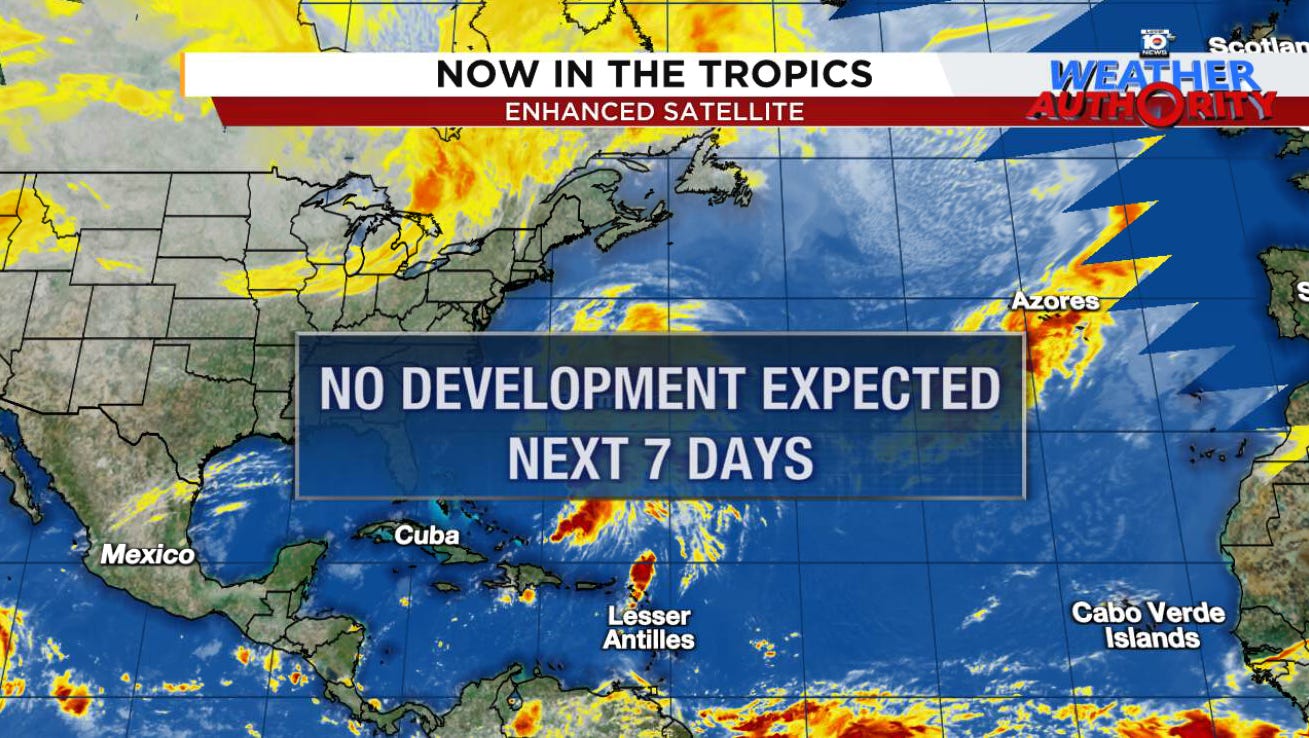November U.S. Landfalls: Where Have They Formed and Where Have They Hit?
Named storm landfalls in the mainland U.S. are uncommon but not unheard of
Since official Atlantic tropical cyclone recordkeeping began some 174 years ago, nearly 600 tropical storms or hurricanes have struck the mainland U.S. shoreline during all months of the year, except for January, March, April, and December. Of those landfalling storms, only about a dozen struck during the month of November.
So about 98% of landfalling named storms and 99% of landfalling hurricanes in the mainland U.S. happen before November.
Named storms affecting us here in the states in November only happen about once every 15 years on average. They’re an uncommon occurrence but when they do strike, they almost invariably strike Florida. Fortunately, they’re usually weaker tropical storms, but occasionally hurricane strikes in November do happen. We were most recently reminded of this when Hurricane Nicole struck east-central Florida back in the predawn hours on November 10th, 2022, the latest hurricane on record to strike the Florida peninsula.
The strongest hurricane to hit the U.S. also happened to be the latest hurricane to hit the U.S. – Hurricane Kate that struck in the Florida panhandle as a Category 2 hurricane on November 21st, 1985.
November storms aren’t something we need to necessarily worry about, but in Florida we should at least be aware that they do happen every blue moon.
No development expected into next week
As we discussed yesterday, the Atlantic will stay quiet in the wake of Oscar – at least through the early part of next week.
Computer models still show storminess increasing and pressures lowering across the central Caribbean for the middle to latter part of next week. Nothing’s locked in here, so for now we’ll just monitor the trends in the days ahead.
Long-range models keep very hostile wind shear across Florida and along continental U.S. waters into the first week of November, which would offer protection from any mischief that may come over the next few weeks.






The only possible fly in the ointment regarding early November is, if a tropical entity WERE to form, it might take a run up the East Coast around election time in the form of a non-tropical nor'Easter. That is still in the LONG long range in the GFS at this point as of last evening, who knows how real THAT is, it might have been gone by the next run. Anyway, that is a heads up; shear may protect it from building when it got to Florida, but the same wind shear might help any transitioning storm turn into an autumn nor'Easter. Again, this is only a possibility; but we might NEED a nor'Easter to change our weather pattern and normalize it more so that normal rain and snowfalls become organized so that we get rid of this persistent dryness across the country.